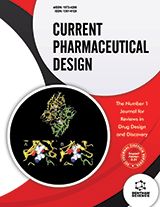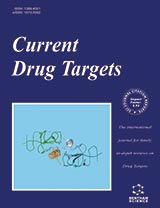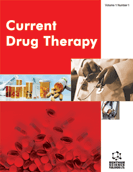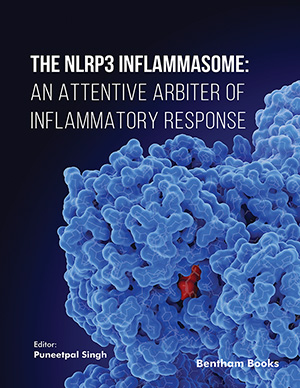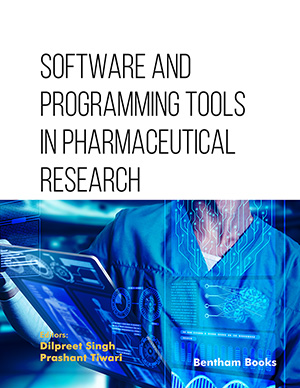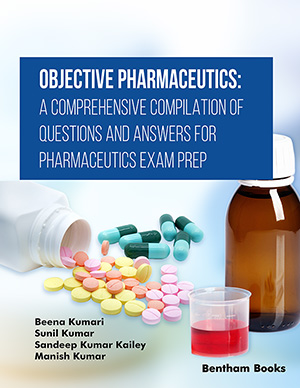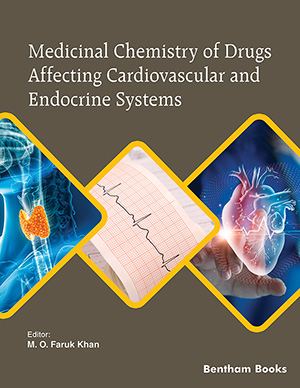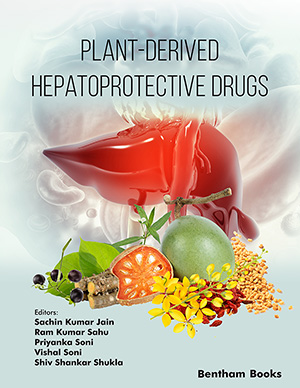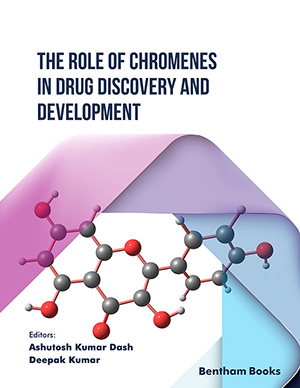Abstract
The blood-brain barrier (BBB) protects the brain against endogenous and exogenous compounds and plays an important part in the maintenance of the microenvironment of the brain. In particular, the importance of brain-to-blood transport of brain-derived metabolites across the BBB has gained increasing attention as a potential mechanism in the pathogenesis of neurodegenerative disorders such as Alzheimers disease, which is characterized by the aberrant polymerization and accumulation of specific misfolded proteins, particularly β-amyloid (Aβ). There is growing evidence that the ABC transport protein P-glycoprotein (P-gp), a major component of the BBB, mediates the efflux of Aβ from the brain. In this review, we discuss the possible role of P-gp in Alzheimers disease and other neurodegenerative disorders, and consider how a fuller understanding of this function might promote the development of more effective treatment strategies.
Keywords: β-amyloid, P-glycoprotein, Alzheimer's disease, neurodegeneration, blood-brain barrier, Creutzfeldt-Jakob disease, aging, autopsy, immunotherapy, Microglia
Current Pharmaceutical Design
Title: The Role of the ATP-Binding Cassette Transporter P-Glycoprotein in the Transport of β-Amyloid Across the Blood-Brain Barrier
Volume: 17 Issue: 26
Author(s): Silke Vogelgesang, Gabriele Jedlitschky, Anja Brenn and Lary C. Walker
Affiliation:
Keywords: β-amyloid, P-glycoprotein, Alzheimer's disease, neurodegeneration, blood-brain barrier, Creutzfeldt-Jakob disease, aging, autopsy, immunotherapy, Microglia
Abstract: The blood-brain barrier (BBB) protects the brain against endogenous and exogenous compounds and plays an important part in the maintenance of the microenvironment of the brain. In particular, the importance of brain-to-blood transport of brain-derived metabolites across the BBB has gained increasing attention as a potential mechanism in the pathogenesis of neurodegenerative disorders such as Alzheimers disease, which is characterized by the aberrant polymerization and accumulation of specific misfolded proteins, particularly β-amyloid (Aβ). There is growing evidence that the ABC transport protein P-glycoprotein (P-gp), a major component of the BBB, mediates the efflux of Aβ from the brain. In this review, we discuss the possible role of P-gp in Alzheimers disease and other neurodegenerative disorders, and consider how a fuller understanding of this function might promote the development of more effective treatment strategies.
Export Options
About this article
Cite this article as:
Vogelgesang Silke, Jedlitschky Gabriele, Brenn Anja and C. Walker Lary, The Role of the ATP-Binding Cassette Transporter P-Glycoprotein in the Transport of β-Amyloid Across the Blood-Brain Barrier, Current Pharmaceutical Design 2011; 17 (26) . https://dx.doi.org/10.2174/138161211797440168
| DOI https://dx.doi.org/10.2174/138161211797440168 |
Print ISSN 1381-6128 |
| Publisher Name Bentham Science Publisher |
Online ISSN 1873-4286 |
Call for Papers in Thematic Issues
"Tuberculosis Prevention, Diagnosis and Drug Discovery"
The Nobel Prize-winning discoveries of Mycobacterium tuberculosis and streptomycin have enabled an appropriate diagnosis and an effective treatment of tuberculosis (TB). Since then, many newer diagnosis methods and drugs have been saving millions of lives. Despite advances in the past, TB is still a leading cause of infectious disease mortality ...read more
Current Pharmaceutical challenges in the treatment and diagnosis of neurological dysfunctions
Neurological dysfunctions (MND, ALS, MS, PD, AD, HD, ALS, Autism, OCD etc..) present significant challenges in both diagnosis and treatment, often necessitating innovative approaches and therapeutic interventions. This thematic issue aims to explore the current pharmaceutical landscape surrounding neurological disorders, shedding light on the challenges faced by researchers, clinicians, and ...read more
Emerging and re-emerging diseases
Faced with a possible endemic situation of COVID-19, the world has experienced two important phenomena, the emergence of new infectious diseases and/or the resurgence of previously eradicated infectious diseases. Furthermore, the geographic distribution of such diseases has also undergone changes. This context, in turn, may have a strong relationship with ...read more
Melanoma and Non-Melanoma Skin Cancer Treatment: Standard of Care and Recent Advances
In this thematic issue, we aim to provide a standard of care of the diagnosis and treatment of melanoma and non-melanoma skin cancer. The editor will invite authors from different countries who will write review articles of melanoma and non-melanoma skin cancers. The Diagnosis, Staging, Surgical Treatment, Non-Surgical Treatment all ...read more
 28
28
- Author Guidelines
- Graphical Abstracts
- Fabricating and Stating False Information
- Research Misconduct
- Post Publication Discussions and Corrections
- Publishing Ethics and Rectitude
- Increase Visibility of Your Article
- Archiving Policies
- Peer Review Workflow
- Order Your Article Before Print
- Promote Your Article
- Manuscript Transfer Facility
- Editorial Policies
- Allegations from Whistleblowers
- Announcements
Related Articles
-
Detrimental Effects of Apolipoprotein E4: Potential Therapeutic Targets in Alzheimers Disease
Current Alzheimer Research Editorial [Hot topic:Pigment Epithelium-Derived Factor (PEDF) in Health and Disease (Guest Editor: Sho-Ichi Yamagishi)]
Current Molecular Medicine Patent Selections
Recent Patents on Endocrine, Metabolic & Immune Drug Discovery Nanomedicinal Approach of Getting Across the Brood-Brain Barrier with Nanomedicinal Nanoparticles
Current Medicinal Chemistry Brain Oxidative Stress in Animal Models of Accelerated Aging and the Age-related Neurodegenerative Disorders, Alzheimers Disease and Huntingtons Disease
Current Medicinal Chemistry Proteomics-Based Technologies in the Discovery of Biomarkers for Multiple Sclerosis in the Cerebrospinal Fluid
Current Molecular Medicine Biological Predictors of Aging and Potential of FTIR to Study Age-related Diseases and Aging Metabolic Fingerprint
Current Metabolomics Progress of Computer-Aided Drug Design (CADD) of Proteasome Inhibitors
Current Topics in Medicinal Chemistry Animal Models in Neurology: Drawbacks and Opportunities
Current Pharmaceutical Design From Leflunomide to Teriflunomide: Drug Development and Immunosuppressive Oral Drugs in the Treatment of Multiple Sclerosis
Current Neuropharmacology Therapeutic Strategies for Huntingtons Disease: From the Bench to the Clinic
Current Psychopharmacology Bioactive Chromone Derivatives – Structural Diversity
Current Bioactive Compounds Astrocytes: From the Physiology to the Disease
Current Alzheimer Research Treatment Strategies of Obsessive-Compulsive Disorder and Panic Disorder/Agoraphobia
Current Topics in Medicinal Chemistry Syntheses of Ethyl Pyruvate’s Bioisosteres Inhibiting Inducible Nitric Oxide Production in Lipopolysaccharide-induced BV2 Cells
Letters in Drug Design & Discovery The Protective Effect of Jatrorrhizine Against Oxidative Stress in Primary Rat Cortical Neurons
CNS & Neurological Disorders - Drug Targets The Pathogenic Mechanisms of Prion Diseases
CNS & Neurological Disorders - Drug Targets Is Elevated Norepinephrine an Etiological Factor in Some Cases of Alzheimers Disease?
Current Alzheimer Research Nucleic Acids Delivery Systems: A Challenge for Pharmaceutical Technologists
Current Drug Metabolism Autophagy in Diabetic Retinopathy
Current Neuropharmacology


